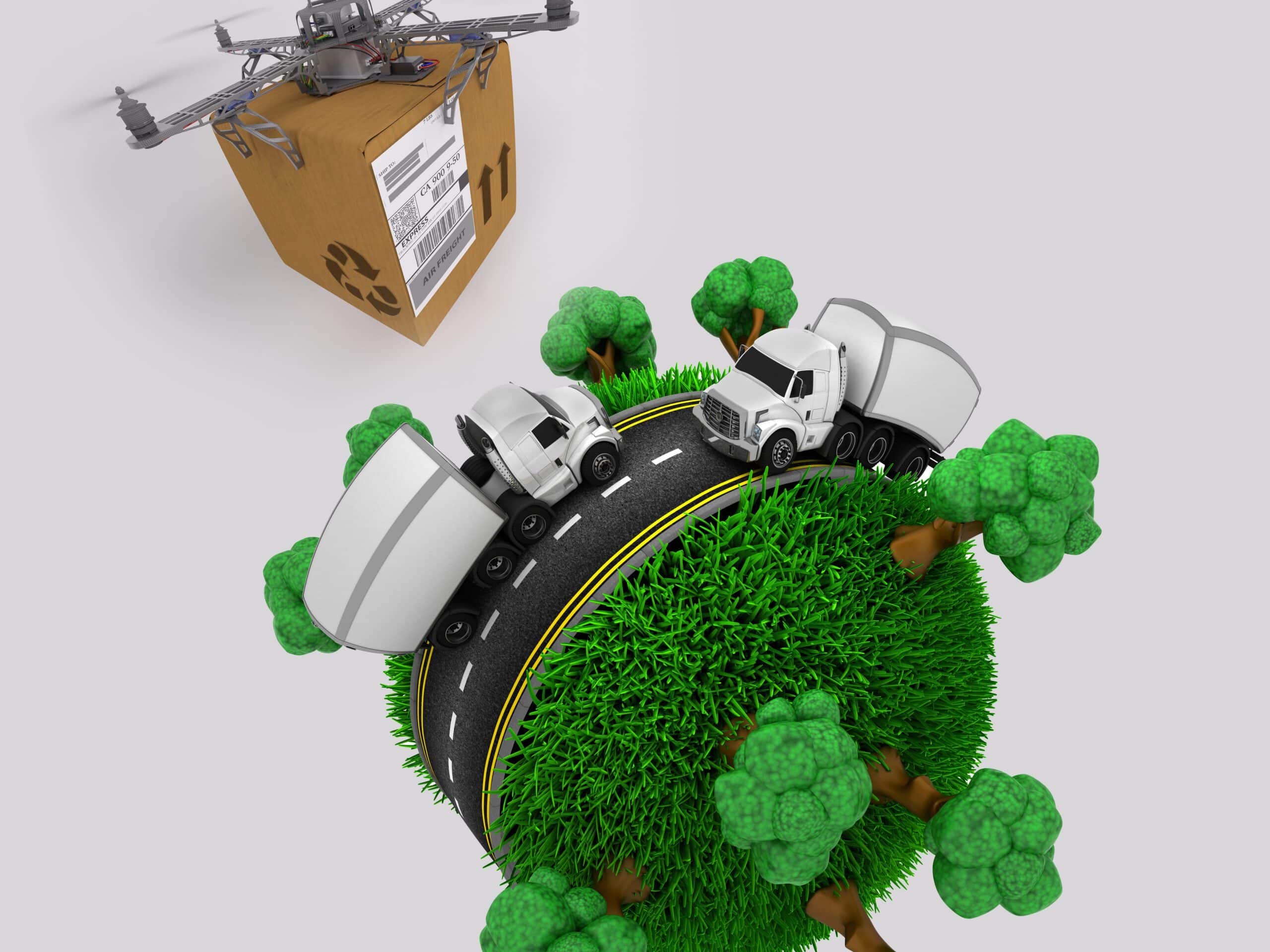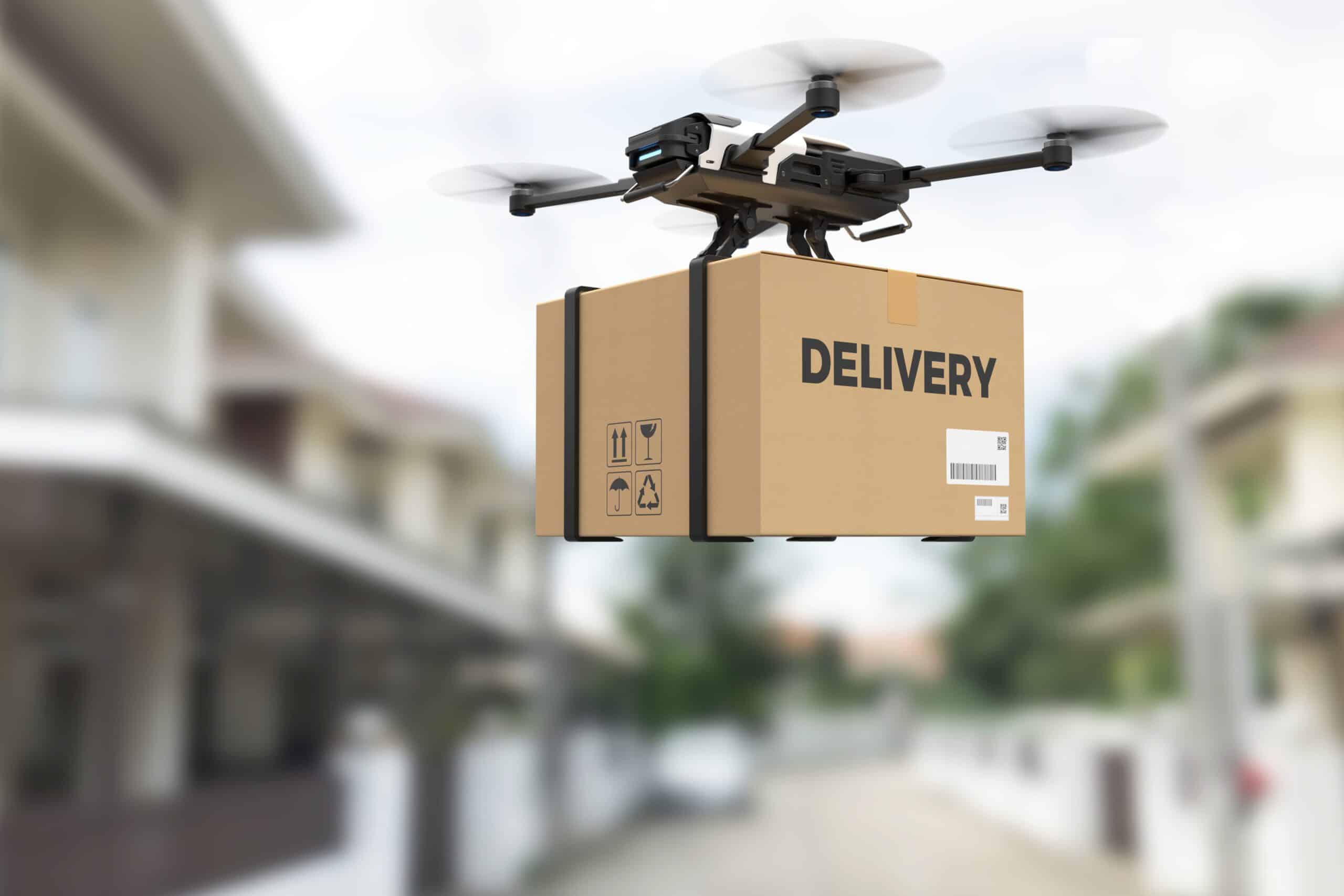Logistics is a dynamic and complex industry that faces many challenges and opportunities in the global market. Although, Logistics planners should be mindful of the upcoming logistics trends in 2024. The events of 2023 have shown how important it is to have resilient, flexible, and sustainable supply chains that can adapt to changing customer demands, political uncertainties, and environmental pressures.
Freight and Logistics companies have typically had restricted opportunities to invest in digital advancements due to their low-profit business models. However, the pandemic and recent geopolitical events have highlighted the urgency for these companies to quickly adapt and transform digitally. Nonetheless, not all companies are responding equally or using the same approach. Accenture’s worldwide research shows that there is a variation in the digital capabilities of companies in this industry. The majority of respondents in their survey feel that the industry has been slow in adopting digitalization in the past.
As a logistics planner, it’s essential to stay informed about logistics trends and consider them in your work to remain competitive in the market. In this blog post, we will explore some of the key logistics trends for 2024 and how they can help logistics planners improve their operations and gain a competitive edge.
The Top 9 Logistics Trends for 3PL Providers in 2023
1. Simulated Warehouse
Simulated warehouses are one of the upcoming logistics trends. A simulated warehouse is a virtual environment that is used to simulate the operations of a real warehouse. It is used to test and optimize warehouse layouts, processes, and equipment.
The use of digital twin technology through simulation can enhance the competitiveness of companies by creating virtual replicas of objects or processes that mimic their real-world behavior. This approach can be applied to logistics, where it enables the virtual representation of warehouse processes, operator and goods flows. By creating a 3D representation of the facility, companies can visualize prospective logistics operations, which can help with strategic decision-making.
Furthermore, simulation can detect inefficiencies and potential problems once the warehouse is operational, and identify opportunities for improvement. For example, simulation can predict the performance of the facility if new picking methods are introduced or different storage systems are installed
2. Friendshoring
Friendshoring is when companies move their supply chain operations to countries that have less political chaos, to reduce the risk of disruptions. This helps to manage the risk of geopolitical tensions where countries have control over the flow of important materials. When friend-shoring is combined with reshoring, it can increase the resilience of the supply chain. Due to recent events, such as China’s zero-COVID policy and the conflict in Ukraine, companies are factoring in geopolitics when calculating supply chain risk.
3. Robotic Automation
Even though robotics is related to technology, it’s not the same as artificial intelligence. While AI can predict demand and keep track of inventory, robots can actually pick up stuff and transport it to places without human intervention. This technology is going to be a game changer as far as in-house operations are concerned.
In 2023, RaaS is a logistics trend and you better get used to it, which means Robotics as a Service. Under a RaaS service, enterprises can rent autonomous mobile robots (AMRs) from a third party. The robot rental company can visit the warehouse and set up the infrastructure and software. This means that the logistics company doesn’t have to worry about learning new technology. They can simply focus on their line of work while an external RaaS partner handles the robotics side of things.
Once again, this may imply that lesser workers may be required and this may affect the career outlook of logistics and supply chain workers. On the positive side, robots don’t have to quarantine during a pandemic and can continue their work as usual.
4. Data Analytics or Data Mining
Data mining is the process of analyzing large quantities of information to detect and extract patterns that reveal useful knowledge for improving decision-making in organizations. In Logistics 4.0, automatically detecting patterns in operations such as goods receipt, order picking, and returns could enhance stock demand forecasting and inventory control.
Data mining is a logistics trend and has become more relevant with the development of technologies such as big data, artificial intelligence (AI), and machine learning. Automatic data extraction methods organize and filter information to transform it into relevant knowledge. In certain fields, this helps to detect fraud (finance), predict demand (sales and marketing), and identify bottlenecks (industry and logistics), among many other applications.
5. Cloud-based computing
Cloud computing is a logistics trend that is redefining business management, especially the way supply chains are organized. Software as a service (SaaS) is another logistics trend that will make a mark in 2023. Digitizing your logistics operations with a warehouse management system (WMS) in the SaaS model gives you access from any device with an internet connection. This saves you money on infrastructure and maintenance costs.
Having a SaaS WMS also ramps up security in information management. All data generated in your facility are captured and stored through cloud computing technology, with backup copies created automatically. Implementing cloud-based software also makes your digital solution more flexible: the SaaS version allows for a scalable number of licenses based on customer needs.
6. Drone Delivery and Shipping Logistics
Logistics Trends are showing that drones are starting to gain ground in the logistics industry and could become a mainstay in 2023. Multinational tech companies such as Google and Amazon have been working for some time on drone prototypes to deliver orders to customers by air. Although still at an experimental stage, drone delivery would bring benefits such as lower costs, faster shipments, less road transport and reduced pollution.
Another application already being put into practice in some facilities is drone inventory management. To perform this task, the drone flies autonomously over the warehouse and scans the barcodes or RFID tags. It then informs the logistics software of the units in stock for each SKU. Together with efficient product management, this lets you detect inventory imbalances automatically, without having to allocate dedicated resources to this task.
Drones have the potential to revolutionize the logistics industry by making deliveries faster, cheaper, and more efficient. They can also help with inventory management, which can lead to better product management and fewer inventory imbalances.
7. Sustainable logistics
Sustainability is a key trend in logistics for 2023. According to KPMG, disruptions to supply chain operations are set to stay in 2023, whether they be existing or new geopolitical conflicts, inflationary pressures and the recessionary environment, climate change weather events, or other issues yet to emerge. In response to these challenges, leading retailers and last-mile delivery service providers will offer more sustainable delivery options to capture market share and increase customer loyalty. Most of the sustainable delivery options are actually lower cost deliveries.

In addition, DHL Freight reports that companies will heavily focus on sustainable supply chain development in 2023. This includes the adoption of green logistics, which makes supply chains eco-efficient by reducing greenhouse gas emissions (GHG) and minimizing waste. Companies will also utilize technology for sustainable supply chain trends, which will see a boost. This will help companies detect inventory imbalances automatically, without having to allocate dedicated resources to this task.
Sustainability is a key trend in logistics for 2023. Companies are focusing on sustainable supply chain development, including the adoption of green logistics and the utilization of technology for sustainable supply chain trends. This will help companies reduce costs, increase efficiency, and improve customer loyalty.
8. Agile procurement
Agile is a methodology that was originally used for software development, but it has now been adopted by logistics businesses as well. According to research by McKinsey, 75% of companies that were at the top for risk management and inventory placement were agile. Furthermore, 76% of companies that were doing well in the labor and asset flexibility areas were agile. Agile practices can be very helpful to run operations smoothly in such an unpredictable world. It’s likely that this trend could continue and more companies will start using agile to handle their logistics.
9. Spending on Software to Improve Fleet and Route Efficiency
In 2023, it has become costly to operate a commercial or private fleet due to rising prices of fuel, replacement parts, and technician services. To overcome this challenge, businesses need to find ways to increase their efficiency and reduce costs. This year, more companies will focus on optimizing their logistics operations by automating and refining processes using advanced software to boost profitability.
To achieve this, it is recommended to implement routing and scheduling optimization technology, which can significantly improve route planning efficiency and ultimately impact the bottom line positively. To estimate the potential cost savings, businesses can use a fleet savings calculator.
Conclusion
Overall, the logistics industry is rapidly evolving, and companies need to keep up with the latest logistics trends to remain competitive. As we move towards 2023, several logistics trends are expected to shape the future of logistics, such as automation, digitalization, and sustainability. The adoption of these logistics trends will help companies optimize their operations, increase efficiency, reduce costs, and provide better customer experiences to remain competitive and successful in the industry.
Thank you for reading. If you have any questions or comments, please contact us now and we’d be delighted to help you.



